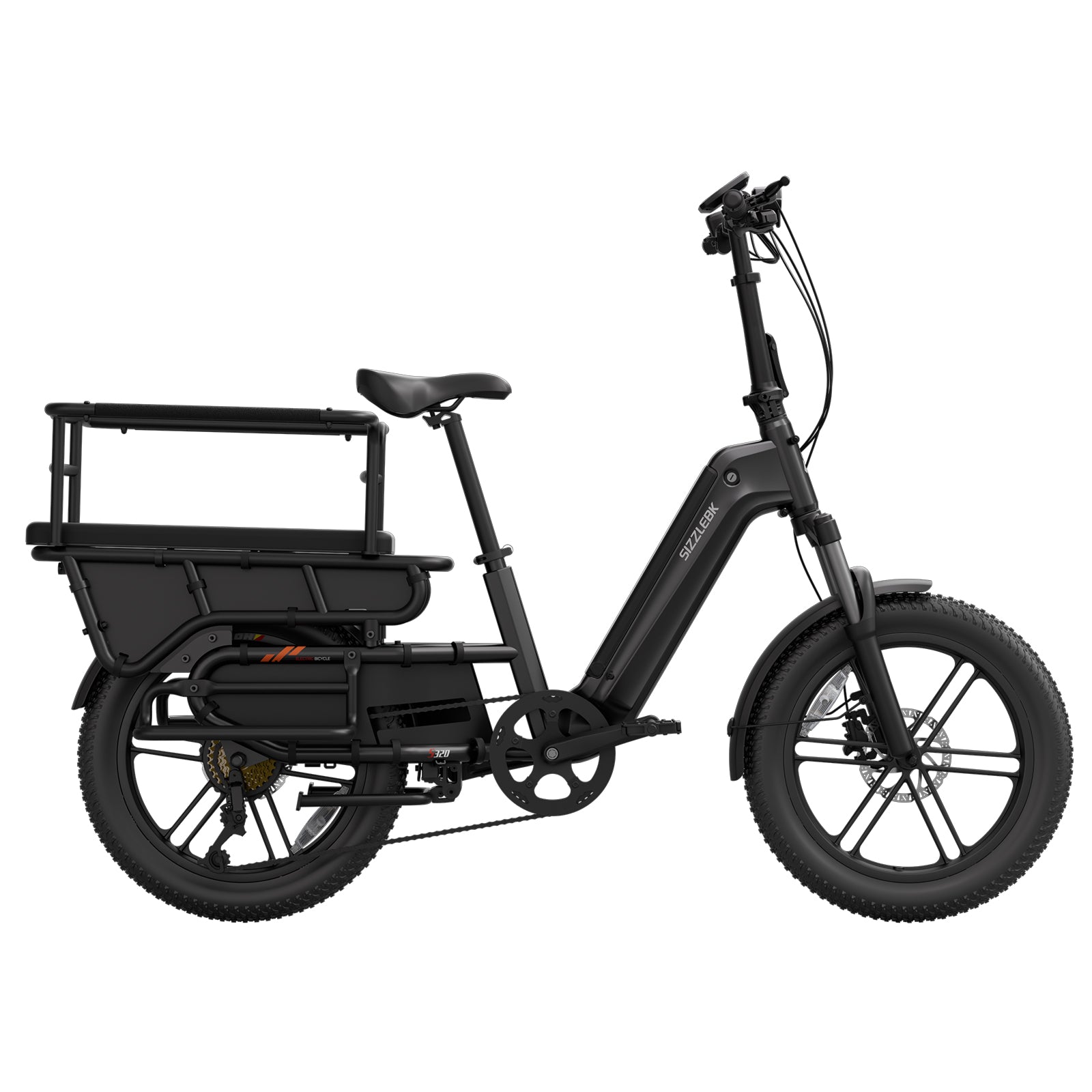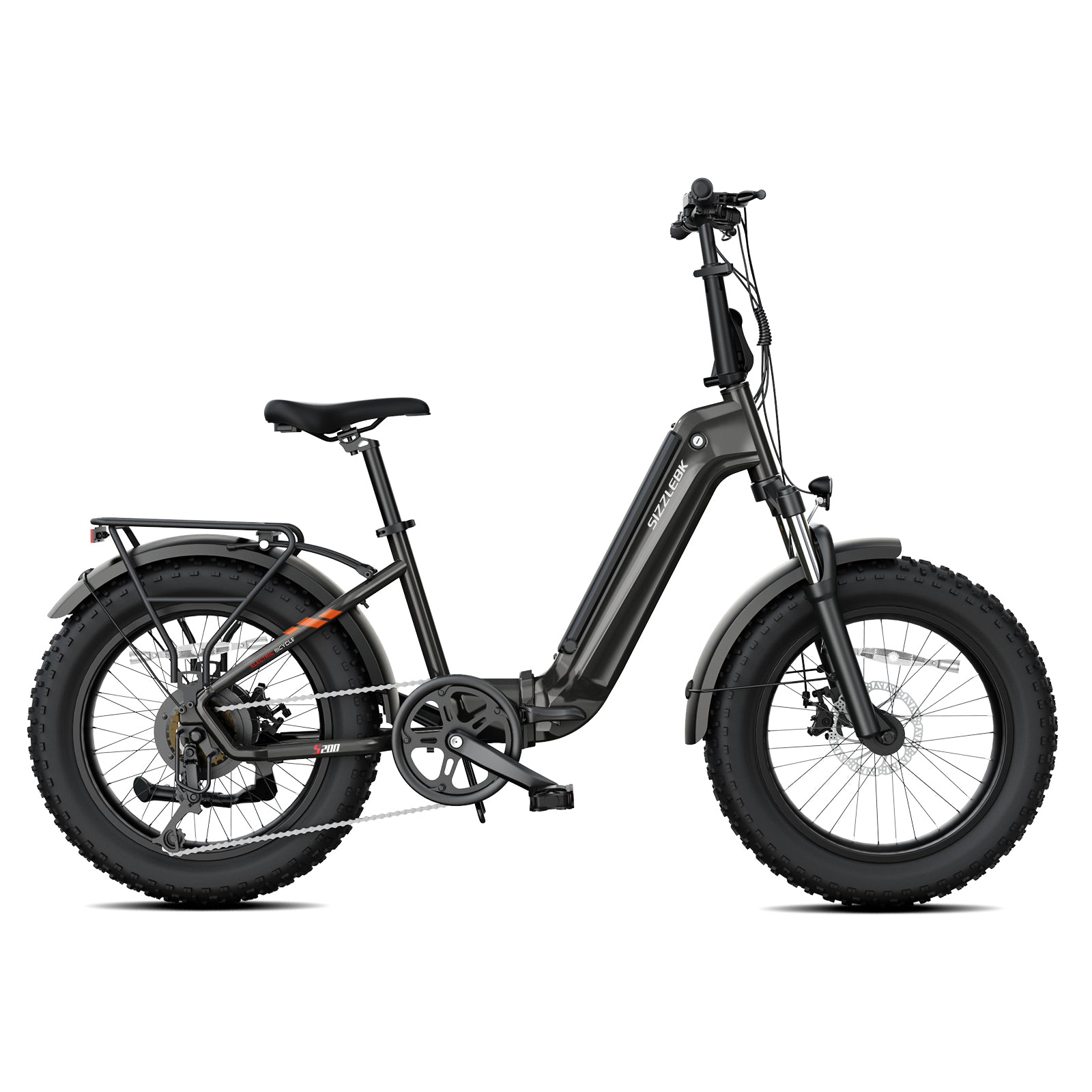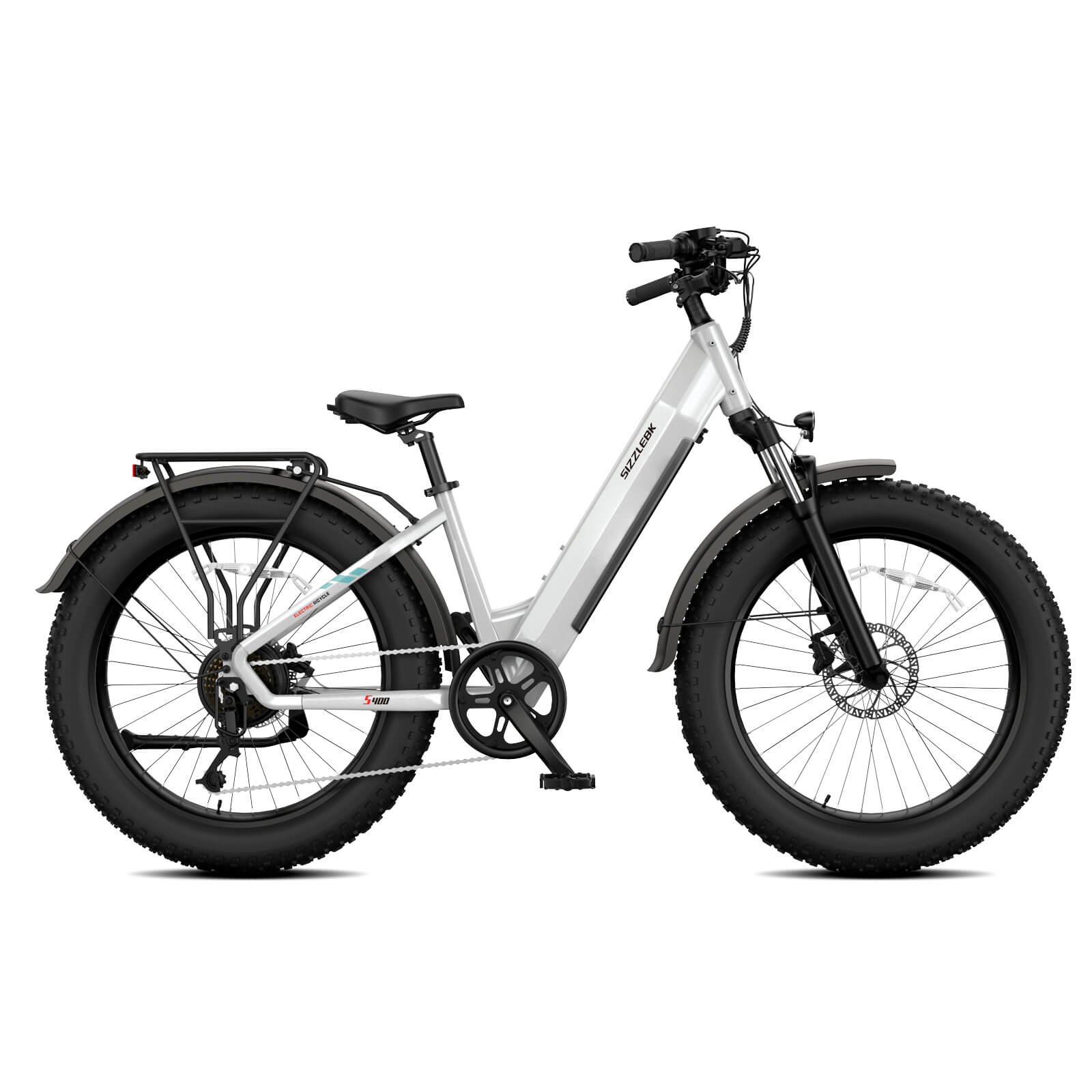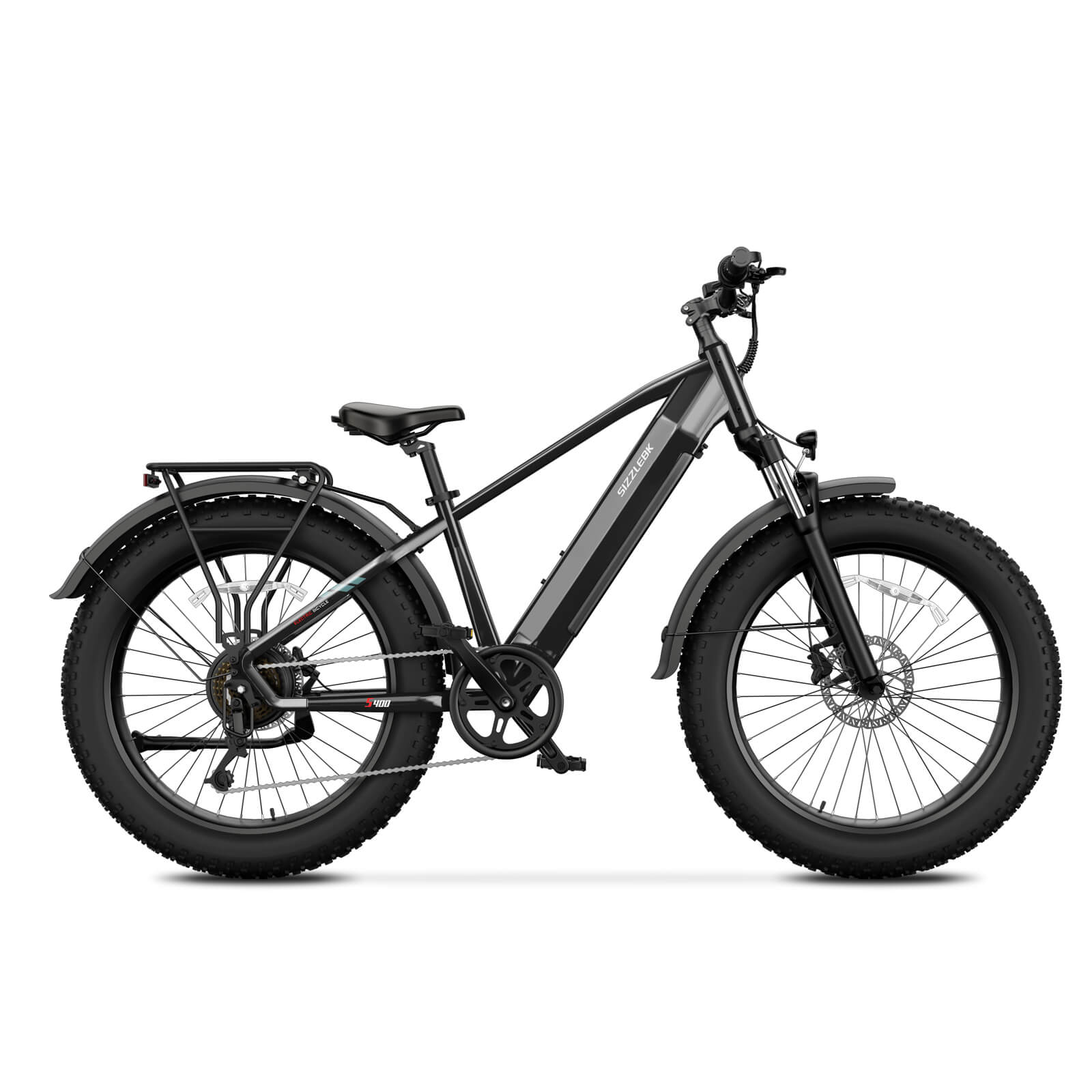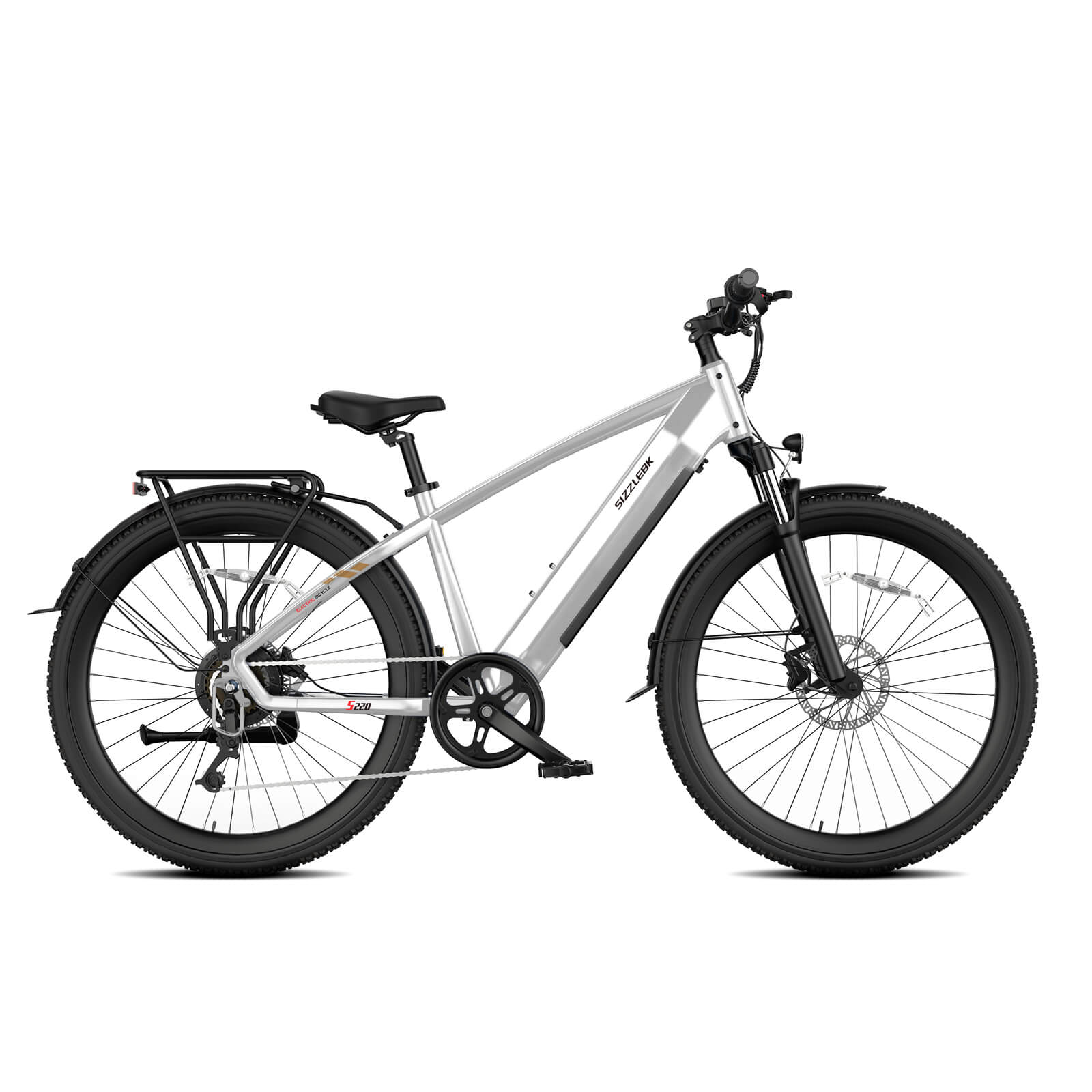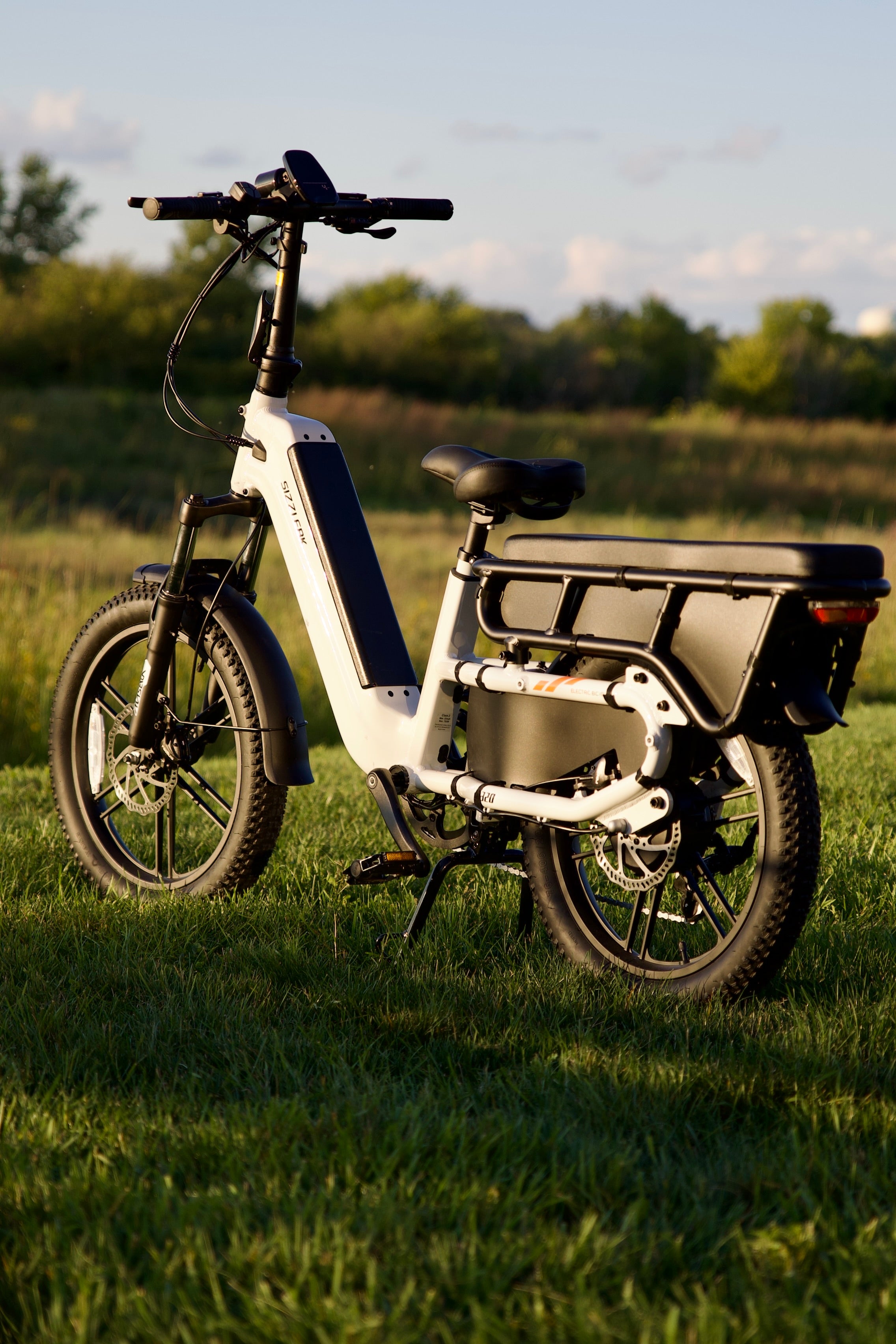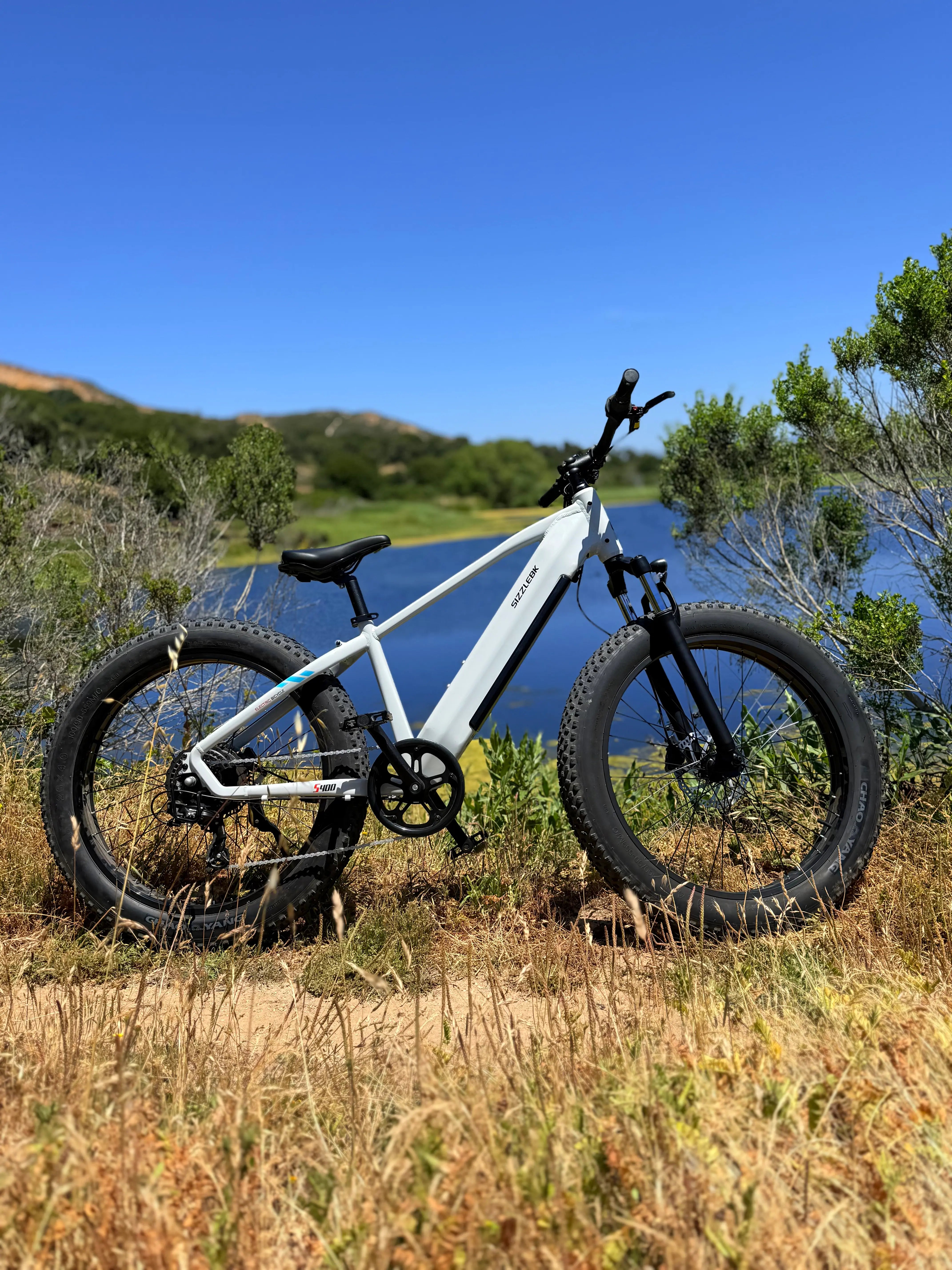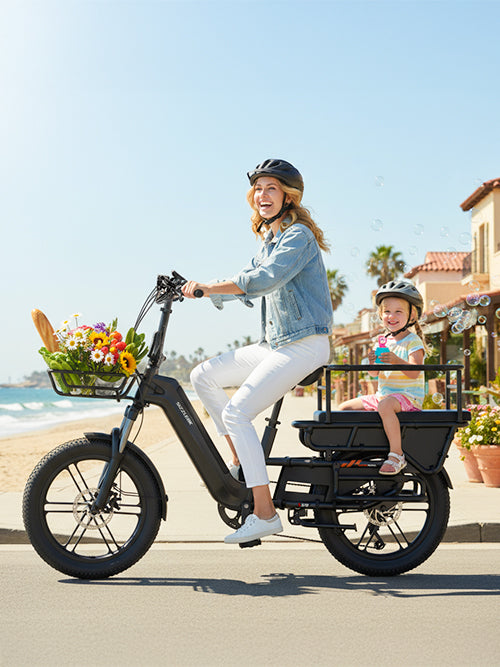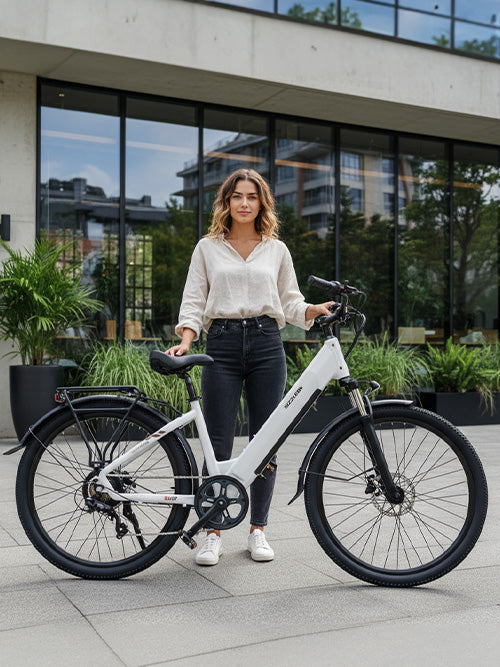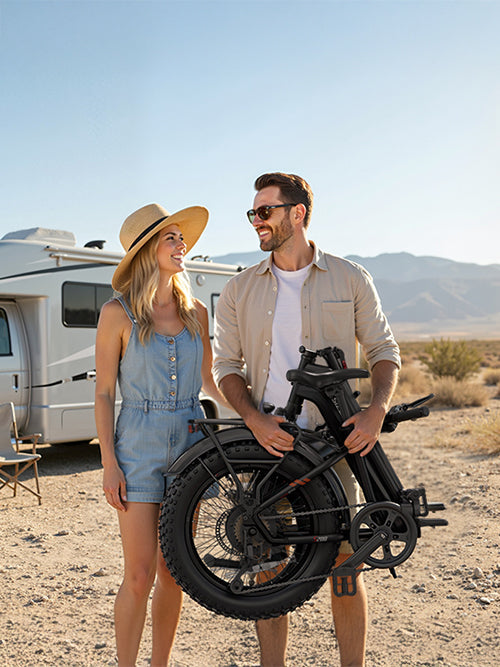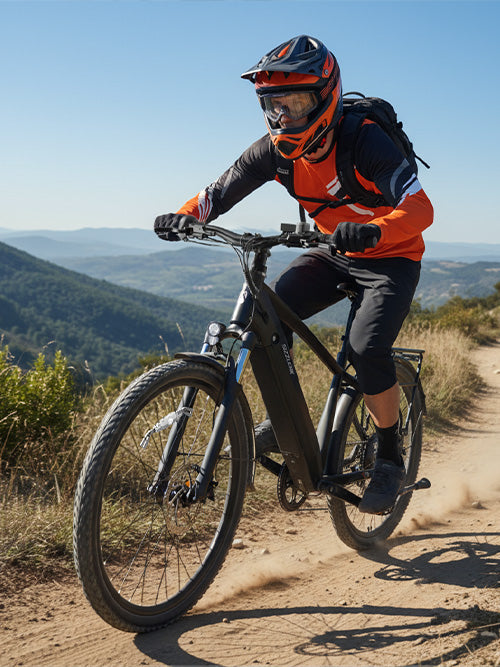Contents:
- What is a Bike Cargo Bike?
- Benefits of Using a Cargo Bike
- Types of Cargo Bikes
- Choosing the Right Bike Cargo Bike
- Practical Uses of Cargo Bikes
- Maintaining Your Cargo Bike
- Environmental and Social Impact
- Electric vs. Non-Electric Cargo Bikes
- Investing in a Cargo Bike
- Tips for Urban Riding
- Future of Cargo Bikes
- Conclusion
The modern urban landscape increasingly demands sustainable and versatile transportation solutions. One such innovative option is the bike cargo bike, designed not only for personal commuting but also for transporting goods, children, or pets efficiently. With growing interest in eco-friendly alternatives to traditional vehicles, cargo bikes are gaining popularity in cities and suburban neighborhoods alike. This comprehensive guide explores the benefits, types, and practical applications of cargo bikes, providing step-by-step insights for both casual riders and professional delivery services.
What is a Bike Cargo Bike?
A bike cargo bike is a bicycle engineered to carry heavier loads than a standard bike. Unlike conventional bicycles, cargo bikes feature extended frames, reinforced components, and specialized storage compartments. These bikes can transport groceries, work equipment, or multiple passengers, making them ideal for families and urban commuters seeking sustainable transport options.
Cargo bikes come in various forms, including front-load models, long-tail configurations, and electric-assisted versions. Front-load cargo bikes, often called "bakfiets," have a large box or platform situated between the handlebars and the front wheel. Long-tail cargo bikes extend the rear of the bicycle to accommodate extra storage or passengers. Electric cargo bikes integrate pedal-assist or throttle systems to help riders manage heavier loads with minimal effort.
Benefits of Using a Cargo Bike
Switching to a bike cargo bike provides numerous advantages for individuals and communities alike. Some key benefits include:
- Environmental Impact: Reducing car trips directly lowers carbon emissions and air pollution.
- Cost Savings: Minimal fuel or maintenance costs compared to cars or delivery vans.
- Health Benefits: Regular cycling improves cardiovascular health and overall fitness.
- Urban Mobility: Cargo bikes can navigate congested streets and use bike lanes, saving time during peak traffic hours.
- Flexibility: Adaptable for transporting children, pets, groceries, or commercial goods.
Eco-Friendly Transportation for Families
Families benefit significantly from cargo bikes as a practical alternative to cars. A front-load cargo bike can comfortably accommodate two to three children, with safety features like seat belts and rain covers. Electric-assisted cargo bikes allow parents to carry kids uphill or over long distances without physical strain, making daily errands, school runs, or weekend outings more convenient.
Types of Cargo Bikes
Understanding the different types of cargo bikes is crucial for selecting the right one for your needs. Popular options include:
Front-Load Cargo Bikes
Front-load cargo bikes, also called bakfiets, feature a storage box between the handlebars and front wheel. These bikes are ideal for carrying children, pets, or small goods. The low center of gravity ensures stability, while the compact design allows easy maneuvering in urban environments.
Long-Tail Cargo Bikes
Long-tail cargo bikes extend the rear of the frame to provide additional seating or cargo space. This design is perfect for transporting multiple passengers or large deliveries. Long-tail models often include optional racks or panniers to maximize storage capacity.
Electric Cargo Bikes
Electric cargo bikes integrate pedal-assist motors to reduce physical exertion, especially when carrying heavy loads or riding on hilly terrain. Popular electric models, like the S320 Long Range Family Electric Cargo Bike, offer extended range, powerful motors, and customizable features, making them suitable for both personal and commercial use.
Choosing the Right Bike Cargo Bike
Selecting the right cargo bike requires evaluating your specific needs, lifestyle, and local cycling infrastructure. Consider the following factors:
- Load Capacity: Determine how much weight you plan to carry regularly.
- Bike Type: Choose between front-load, long-tail, or electric models based on your typical usage.
- Range: For electric cargo bikes, check battery life and charging options.
- Comfort and Safety: Look for features such as ergonomic handlebars, adjustable seats, and safety harnesses for passengers.
- Urban Compatibility: Ensure your bike fits local bike lanes, parking areas, and storage facilities.
Long-Term Considerations
Investing in a cargo bike is a long-term decision. Evaluate the warranty, availability of replacement parts, and community support. Many urban centers now offer cycling programs, bike workshops, and online forums for cargo bike enthusiasts, which can enhance your ownership experience.
Practical Uses of Cargo Bikes
Cargo bikes are incredibly versatile and can serve multiple functions beyond everyday commuting.
Family and Child Transport
Many parents use cargo bikes to safely transport children to school, parks, or extracurricular activities. Front-load models often include protective covers and padded seating, ensuring a safe and enjoyable ride.
Grocery and Goods Delivery
Urban dwellers can replace car trips with cargo bike deliveries for groceries or other household goods. Businesses can use cargo bikes for local delivery services, offering a sustainable and cost-effective alternative to traditional vehicles.
Pet Transportation
Cargo bikes can accommodate pets comfortably. Specialized compartments with ventilation and padding ensure that dogs or smaller animals ride safely while accompanying their owners.
Commercial and Small Business Use
Local businesses, such as cafes, florists, or eco-friendly delivery services, benefit from cargo bikes by reducing operational costs and promoting a green image. Cargo bikes can navigate crowded streets more efficiently than vans and create a positive community presence.
Maintaining Your Cargo Bike
Proper maintenance is essential to ensure safety, longevity, and performance. Key maintenance tips include:
- Regular Tire Checks: Ensure proper air pressure for stability and efficiency.
- Brake Inspections: Check disc brakes or rim brakes regularly for wear.
- Chain and Gear Maintenance: Lubricate chains and check gears to ensure smooth operation.
- Battery Care for Electric Bikes: Charge batteries as recommended and store them properly during off-season periods.
- Cleaning: Remove dirt and debris to prevent rust and mechanical issues.
Safety Accessories
Investing in proper accessories enhances safety for both the rider and passengers. Consider helmets, reflective gear, lights, and rain covers. For electric cargo bikes, check the motor cutoff systems and secure battery mounting to prevent accidents.
Environmental and Social Impact
Cargo bikes contribute significantly to reducing urban congestion and lowering carbon emissions. Replacing short car trips with cargo bike rides can minimize traffic, reduce noise pollution, and improve overall air quality. Socially, cargo bikes encourage outdoor activity, community engagement, and support local businesses.
Case Studies of Successful Implementation
Several cities have embraced cargo bikes as part of sustainable urban planning. Amsterdam and Copenhagen, for example, have integrated cargo bike lanes and parking, allowing families and businesses to rely on pedal-powered transport. These programs demonstrate how bike cargo bike adoption supports greener, healthier communities.
Electric vs. Non-Electric Cargo Bikes
Understanding the differences between electric and non-electric cargo bikes helps buyers make informed decisions.
Non-Electric Cargo Bikes
Traditional cargo bikes rely entirely on pedaling. They are lighter, require less maintenance, and cost significantly less than electric models. However, they can be challenging to ride over long distances or with heavy loads.
Electric Cargo Bikes
Electric cargo bikes integrate motors that assist pedaling. Benefits include:
- Reduced physical exertion
- Ability to carry heavier loads
- Extended commuting range
Electric models like the S320 Long Range Family Electric Cargo Bike are popular for urban deliveries, long-distance commutes, and family transportation.
Investing in a Cargo Bike: Cost Considerations
While cargo bikes can be more expensive than standard bicycles, the long-term savings and benefits justify the investment. Factors influencing cost include:
- Frame material (aluminum, steel, or carbon fiber)
- Motor and battery specifications for electric models
- Accessories and passenger accommodations
- Brand reputation and warranty
Potential savings arise from reduced fuel costs, parking fees, and vehicle maintenance. Additionally, many regions offer tax incentives or rebates for purchasing electric bicycles, further reducing upfront costs. For more details, consult the EPA’s guide on green vehicles.
Tips for Urban Riding
To maximize efficiency and safety, follow these urban riding strategies:
- Plan routes using bike lanes and quiet streets
- Balance loads evenly to prevent tipping
- Use hand signals and maintain visibility with lights and reflective gear
- Check local regulations regarding cargo bike dimensions and electric assist limits
Community Engagement
Joining local cycling clubs or online forums provides additional support and knowledge-sharing opportunities. Engaging with other cargo bike enthusiasts can help you discover new routes, maintenance tips, and innovative cargo solutions.
Future of Cargo Bikes
The popularity of cargo bikes continues to rise as urban areas seek sustainable alternatives to cars. Advances in battery technology, modular storage systems, and lightweight materials are shaping the next generation of cargo bicycles. Electric-assisted models will likely dominate urban transport, reducing reliance on fossil fuels and enhancing mobility for families and businesses.
Integration with Public Transport
Cargo bikes are increasingly compatible with public transportation, allowing riders to combine cycling with trains, buses, or ferries. Folding or modular cargo bikes enable easy storage, supporting multimodal commuting options and encouraging city-wide adoption.
Encouraging Eco-Friendly Choices
Local governments and businesses are promoting cargo bike adoption by offering incentives, implementing cargo bike delivery programs, and constructing dedicated infrastructure. Choosing a bike cargo bike aligns with global sustainability goals and encourages environmentally conscious behavior among urban residents.
Conclusion
Embracing a cargo bike offers numerous personal, social, and environmental benefits. Whether for family transportation, urban commuting, or business deliveries, cargo bikes provide a versatile, cost-effective, and eco-friendly alternative to traditional vehicles. By considering your specific needs, selecting the right type, and maintaining your bike properly, you can enjoy a practical and sustainable transportation solution. Explore options like the S320 Long Range Family Electric Cargo Bike to experience the future of urban mobility firsthand.
FAQs
- What is the maximum weight a cargo bike can carry? Most cargo bikes can carry between 200-400 lbs, but electric models often support heavier loads due to pedal-assist motors.
- Are electric cargo bikes worth the investment? Yes, they reduce physical strain, enable longer trips, and are highly practical for transporting children or heavy goods.
- Can cargo bikes be used in all cities? Generally yes, but it is important to check local bike lane regulations, parking restrictions, and width limits.
- How often should a cargo bike be maintained? Regular maintenance should be done monthly for brakes, tires, and drivetrain, with more thorough checks seasonally.
- Can cargo bikes replace a family car? For short urban trips, groceries, and school runs, many families successfully replace car use with cargo bikes, especially electric-assisted models.
